Key Structure and Functions of Paper Cup Forming Machine
Paper cup forming machines play a crucial role in the production of disposable paper cups used in various industries such as food and beverage, hospitality, and office supplies. These machines are designed to efficiently and accurately form paper cups from raw materials, offering a cost-effective and eco-friendly alternative to traditional plastic cups. Understanding the key structure and functions of a paper cup forming machine is essential for optimizing production processes and ensuring high-quality output.
1. Frame and Base
The frame and base of a paper cup forming machine provide the structural integrity and stability necessary for the machine to operate effectively. Typically made of high-quality steel or aluminum, the frame supports all other components and ensures proper alignment during the cup forming process. The base of the machine is designed to absorb vibrations and shocks, reducing noise levels and enhancing overall performance.
2. Paper Feeding Mechanism
The paper feeding mechanism is responsible for supplying the raw paper material to the cup forming machine. This mechanism consists of rollers, belts, and sensors that work together to ensure a continuous and accurate feed of paper stock. Precise control of the paper feed is essential for maintaining consistent cup dimensions and preventing material wastage.
3. Heating System
The heating system in a paper cup forming machine is critical for shaping the paper cups. Typically, the heating system consists of ceramic heaters or hot air blowers that heat the paper stock to the required temperature, enabling it to be molded into the desired cup shape. Proper temperature control is essential to ensure uniform heating and prevent overheating or scorching of the paper material.
4. Molding Station
The molding station is where the actual forming of the paper cups takes place. This station includes molds, suction cups, and mechanical presses that shape the heated paper material into cups of various sizes and designs. The precision and speed of the molding station directly impact the production efficiency and quality of the paper cups produced.
5. Sealing and Cutting Mechanism
After the paper cups are formed, they need to be sealed and trimmed to achieve the final product. The sealing and cutting mechanism in a paper cup forming machine utilizes heat and pressure to seal the seams of the cups, ensuring leak-proof containers. Simultaneously, sharp blades or lasers are used to cut excess paper material and create a smooth rim for the cups.
6. Control System
The control system of a paper cup forming machine consists of electronic components and software that govern the operation of the machine. This system controls parameters such as temperature, speed, paper feed, and cup size, ensuring precise and consistent cup production. Advanced control systems may include touch screen interfaces for easy monitoring and adjustment of settings.
7. Safety Features
Modern paper cup forming machines are equipped with various safety features to protect operators and prevent accidents. Emergency stop buttons, safety guards, and sensors are commonly integrated into the machine design to halt operations in case of any malfunction or unsafe conditions. Regular maintenance and operator training are essential to uphold safety standards.
8. Maintenance and Cleaning
Proper maintenance and cleaning procedures are essential to ensure the longevity and efficiency of a paper cup forming machine. Regular lubrication of moving parts, inspection of wear components, and cleaning of heating elements are necessary tasks to prevent breakdowns and maintain optimal performance. Following manufacturer guidelines for maintenance schedules is crucial.
Conclusion
In conclusion, understanding the key structure and functions of a paper cup forming machine is vital for maximizing productivity and quality in paper cup production. Each component plays a crucial role in the overall operation of the machine, from paper feeding to cup forming, sealing, and cutting. By incorporating advanced control systems and safety features, manufacturers can ensure efficient and safe operation of these machines. Regular maintenance and adherence to cleaning protocols are essential for prolonging the lifespan of paper cup forming machines and achieving consistent production results.




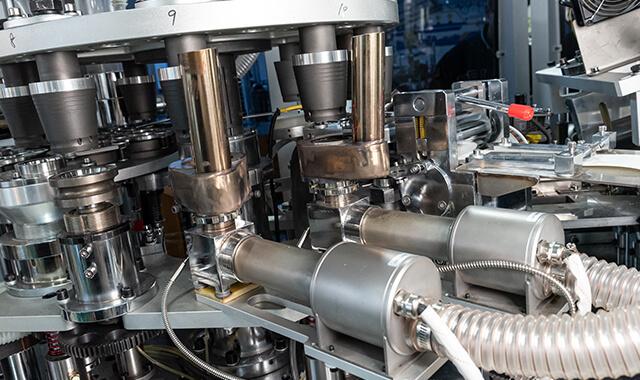
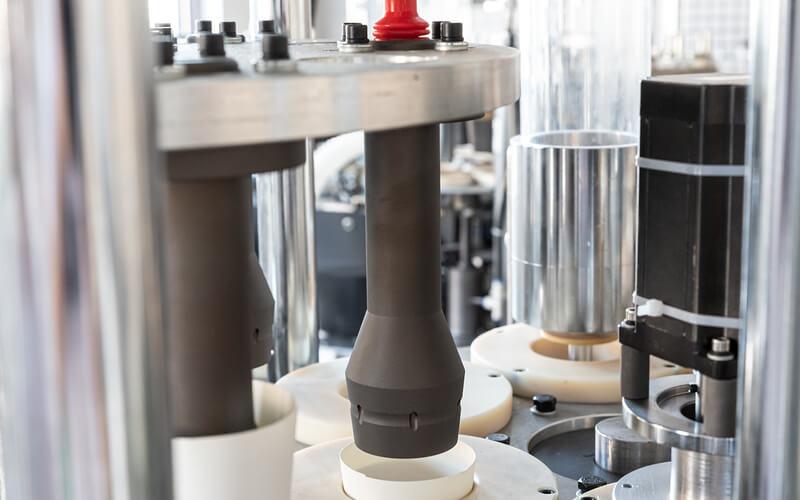
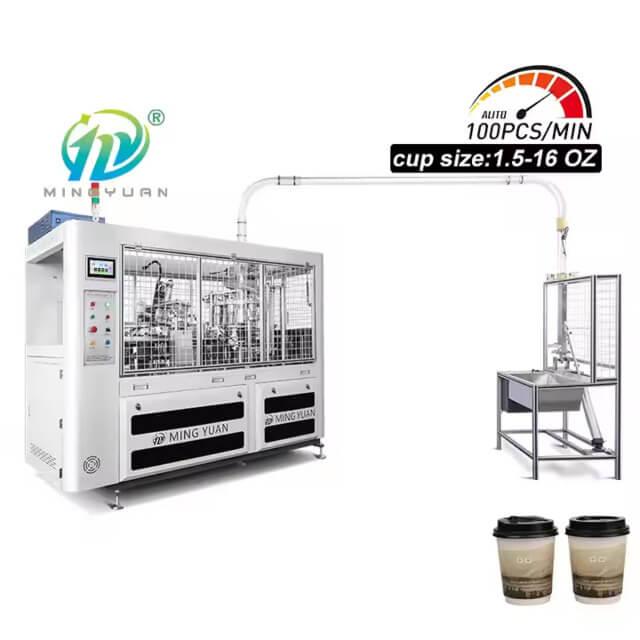
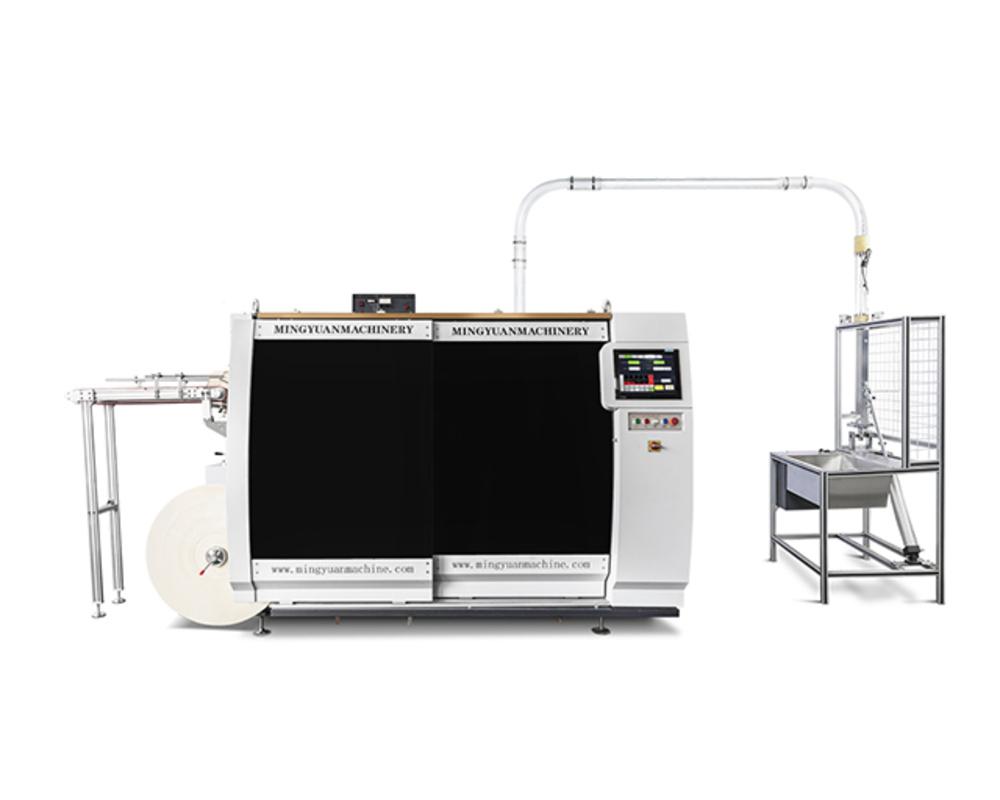
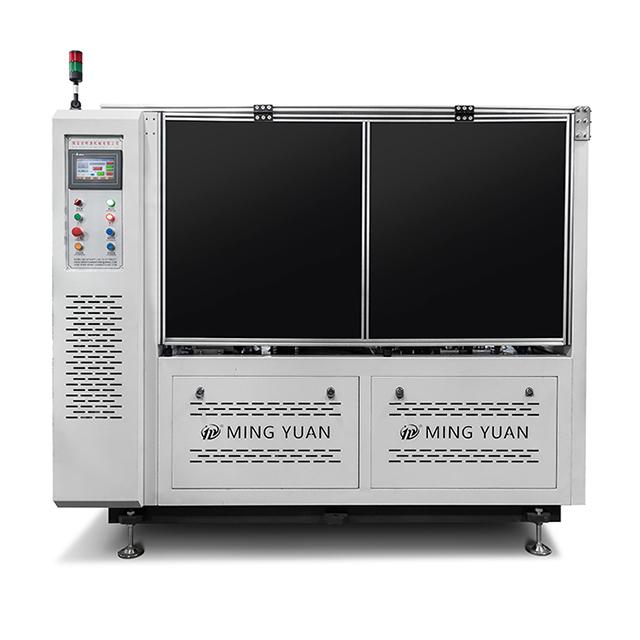

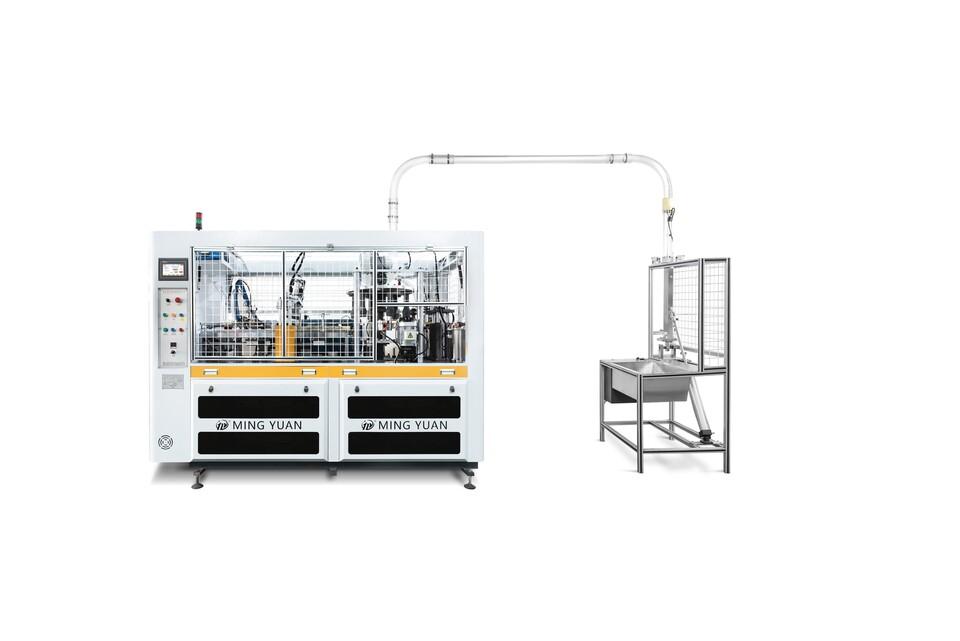



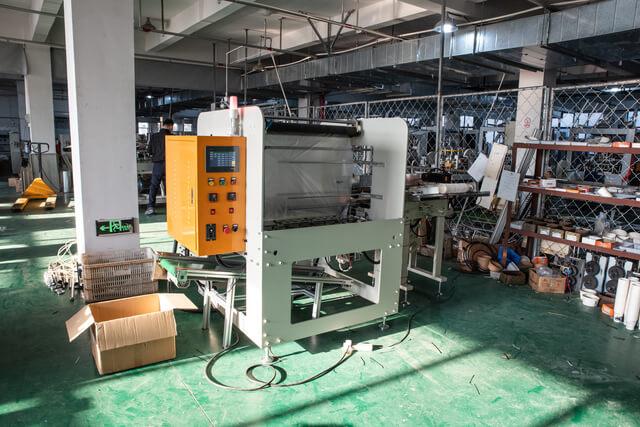

 Tel: +86-19057361870 / +86 577 65567060
Tel: +86-19057361870 / +86 577 65567060  Email: paperproductwholesaler@gmail.com
Email: paperproductwholesaler@gmail.com MP/WhatsApp: +86-19057361870
MP/WhatsApp: +86-19057361870 Manufacturer Address:No.1588, Huaming Road, Feiyun Street,Ruian City Zhejiang Province -325200 China
Manufacturer Address:No.1588, Huaming Road, Feiyun Street,Ruian City Zhejiang Province -325200 China




